Reverse Tummy Tuck Surgery: Procedure and Recovery
Body Plastic Surgery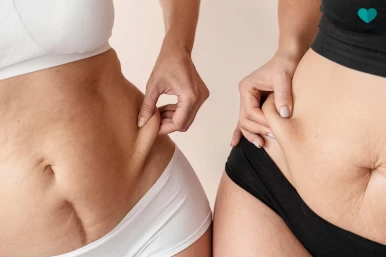
A reverse tummy tuck, also known as reverse abdominoplasty or upper abdominal lift, is a plastic surgery procedure that aims to improve the appearance of the upper abdomen. It is often performed with a traditional tummy tuck surgery to address excess skin and sagging in the upper abdominal area.
This innovative procedure has gained popularity to achieve a more toned and youthful appearance in the upper torso, particularly for those who have experienced significant weight loss or aging-related changes in their upper abdominal area.
This article will explore the reverse tummy tuck surgery in detail, including the procedure itself, recovery time, potential risks, and expected outcomes.
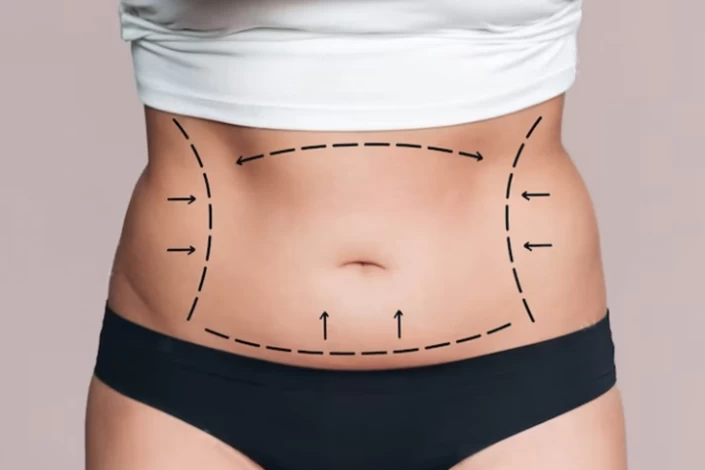
How Reverse Tummy Tuck Is Done?
The procedure is typically performed under general anesthesia, during which the surgeon incurs along the lower breast crease or just below the breasts. Once the incision is made, the surgeon will lift the excess skin in the upper belly area. The surgeon will then tighten the skin and remove any excess if necessary. In some cases, underlying muscle laxity may also be addressed by suturing the muscles to create a more toned appearance.
After the excess skin has been lifted and tightened, the surgeon will carefully close the incisions using sutures or surgical staples. They may also place drains to help remove any excess fluid or blood that may accumulate during the healing process.
The entire procedure typically takes a few hours to complete, depending on the extent of the surgery and any additional procedures being performed.
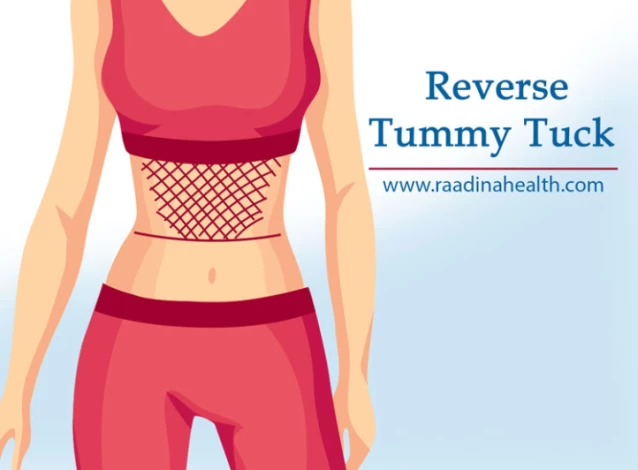
Who Is a Good Candidate for a Reverse Tummy Tuck?
Good candidates for a reverse tummy tuck are those with excess skin and laxity in their upper abdominal area, typically caused by weight loss, pregnancy, or aging.
Ideal candidates for a reverse tummy tuck are individuals who:
- have loose or sagging skin in the upper abdomen;
- do not have significant excess fat in the abdominal area;
- have good muscle tone and minimal muscle separation;
- are at a stable and healthy weight;
- have realistic expectations about the results of the procedure;
- are non-smokers willing to quit smoking before and after surgery, as smoking can impair healing.
What is the Recommended BMI for a Reverse Tummy Tuck Surgery?
The recommended BMI for a reverse tummy tuck surgery falls within the range of 18.5 to 30 typically. This range is considered to be within a healthy weight category according to the Body Mass Index (BMI) scale. Patients who fall within this range have good overall health, have a lower risk of complications during surgery, and are more likely to achieve successful outcomes.
Patients with a BMI above 30 may still be considered for a reverse tummy tuck surgery, but they may be advised to first achieve a lower BMI through diet and exercise. This is because carrying excess weight can put added stress on the body, increase the risk of surgical complications, and may impact the overall success of the procedure.
What to Expect After a Reverse Tummy Tuck?
There will be some swelling, bruising, and discomfort in the treated area for two weeks after a reverse tummy tuck. The surgeon will prescribe pain medication to manage any discomfort. Post-operative instructions for a reverse tummy tuck can include avoiding strenuous activities and heavy lifting for 4-6 weeks. Patients should wear a compression garment to help minimize swelling and support healing.
Scarring is inevitable in any surgical procedure, including a reverse tummy tuck. However, the surgeon will make every effort to minimize reverse tummy tuck scars and may provide instructions on scar care to help optimize the healing process.
Maintaining a healthy lifestyle, including regular exercise and a balanced diet, is important to maintain the long-term results of the reverse tummy tuck.
The initial results of a reverse tummy tuck may be noticeable immediately after surgery. Still, it may take one full year for the final results to become apparent as the swelling subsides and the tissues settle into their new position.

How Is Recovery from a Reverse Tummy Tuck?
Recovery from a reverse tummy tuck can vary from person to person, but generally, it lasts between one and two weeks. Patients should wear a surgical bandage for several days to help support the new abdominal contour. Some bruising, swelling, and tenderness may resolve gradually during the first two weeks. Light activities are allowed; however, patients must avoid strenuous activities for about 6 weeks.
Is a Reverse Tummy Tuck Painful?
During a reverse tummy tuck, the incisions are typically smaller, and the abdominal muscles are not manipulated as extensively as in a traditional tummy tuck. This can result in less pain and a shorter reverse tummy tuck recovery time. Nonetheless, some discomfort and pain can still be expected after the procedure. Pain medication and proper post-operative care can help manage any discomfort during recovery.
When Will You Notice The Outcomes Of Reverse Abdominoplasty?
The initial effects of the procedure will be visible immediately following surgery, but it may take several weeks or even months to see the full effects. Recovery typically spans a few weeks, during which swelling and bruising may persist, hindering immediate assessment of the outcome.
During the initial weeks post-surgery, swelling, bruising, and discomfort are common, potentially obscuring the outcome. As swelling subsides and incisions heal, the true results of the procedure become more evident. It can take anywhere from a few months to a year to fully appreciate the results of reverse tummy tuck surgery. Additionally, the scar at the incision site may take several months to a year to fade while the skin adjusts to its new contours. Your surgeon can provide a more accurate timeline for when you can expect to see the final results based on your circumstances.
It's important to recognize that immediate results may not be apparent, and patience is key during the recovery process. With proper care and diligence, however, the full benefits of the procedure should become evident in due course.
What are the Benefits of a Reverse Tummy Tuck?
The reverse tummy tuck offers several potential benefits for individuals seeking to address specific concerns in upper stomach fat loss.
Some of the advantages of a reverse tummy tuck may include:
- Targeted Improvement
- Enhanced self-confidence
- Minimal Scarring
- Improved posture
- Long-lasting results
Targeted Improvement
The reverse tummy tuck focuses on addressing sagging or excess skin in the upper abdomen, making it an ideal option for individuals who are primarily concerned with this specific area.
Enhanced self-confidence
Many people who undergo a reverse tummy tuck report feeling more confident and satisfied with their appearance. This can have a positive impact on their overall self-esteem and quality of life.
Minimal Scarring
The incision for a reverse tummy tuck is typically made along the lower border of the breasts, which can result in less visible scarring compared to a traditional tummy tuck. The incision is strategically placed to be concealed by a bra or bikini top.
Improved posture
Sagging skin and excess fat in the upper abdomen can pull down on the torso, leading to poor posture. By removing this excess tissue, a reverse tummy tuck can help improve posture and alleviate related discomfort.
Long-lasting results
The results of a reverse tummy tuck can be long-lasting, particularly if the patient maintains a healthy lifestyle. This means that the benefits of the procedure can be enjoyed for years to come.
What Are the Potential Risks of a Reverse Tummy Tuck?
A reverse tummy tuck has potential risks and complications like any surgical procedure. Some of these risks include:
- Infection
- Seroma
- Numbness
- Asymmetrical results
- Blood clots

Infection
There is a risk of developing an infection at the incision site. This can usually be treated with antibiotics, but additional surgery may be required in severe cases.
Seroma (hematoma formation)
A seroma, a fluid collection, can occur after the surgery and may require drainage to prevent complications.
Numbness or altered sensation
Some patients may experience temporary or permanent numbness or altered sensation in the abdominal area. This is typically due to nerve damage during the surgery.
Asymmetrical results
Despite the surgeon's best efforts, there is a possibility of not achieving the desired aesthetic outcome. Patients must have realistic expectations and communicate their goals with the surgeon before the procedure.
Blood clots
There is a small risk of developing blood clots after the surgery, which can potentially lead to a pulmonary embolism. Early ambulation, compression stockings, and blood thinners can reduce the risk.
Reverse Tummy Tuck Scar
A reverse tummy tuck scar, also known as an upper abdominal scar or upper abdominal lift scar, is a surgical scar located in the upper abdomen, typically just below the breasts. Unlike traditional tummy tucks, which focus on the lower abdomen, a reverse tummy tuck targets sagging skin and excess fat in the upper abdominal region. The scar from a reverse tummy tuck is often hidden beneath clothing and swimsuits, making it less noticeable. However, like any surgical scar, it may take time to fade and flatten, and its appearance can vary depending on individual healing factors and the skill of the surgeon.
The healing process of a reverse tummy tuck scar typically involves several stages. Initially, the scar may appear red, raised, and slightly swollen, which is a normal part of the body's natural healing response. Over time, usually within the first few months after surgery, the scar may begin to fade and flatten as collagen production increases and the skin remodels. Proper wound care, including keeping the incision site clean and moisturized, as well as avoiding sun exposure, can help promote optimal healing and minimize the appearance of the scar.
As healing progresses, the scar may continue to fade and become less noticeable, eventually blending in with the surrounding skin. However, individual healing factors, such as skin type and genetics, can influence the final appearance of the scar. In some cases, additional treatments such as scar massage or silicone gel sheets may be recommended to further improve the scar's appearance. Overall, with proper care and patience, most reverse tummy tuck scars heal well and become less noticeable over time.
What are the Differences Between Reverse Tummy Tuck and Traditional Tummy Tuck?
The main differences between a reverse tummy tuck and a traditional tummy tuck lie in the area of focus and the direction of the surgical incisions.
A traditional tummy tuck primarily addresses the lower abdomen, particularly below the navel. It aims to remove excess skin and fat, tighten the abdominal muscles, and create a smoother, firmer abdominal profile. In contrast, a reverse tummy tuck targets the upper abdomen, specifically the area above the navel. It is designed to address sagging or excess skin in the upper abdominal region.
A traditional tummy tuck incision is made horizontally across the lower abdomen, typically extending from hip to hip. This allows the surgeon to access and raconteur the underlying tissues. The incision for a reverse tummy tuck, on the other hand, is typically made along the lower border of the breasts, allowing the surgeon to lift and tighten the upper abdominal skin.
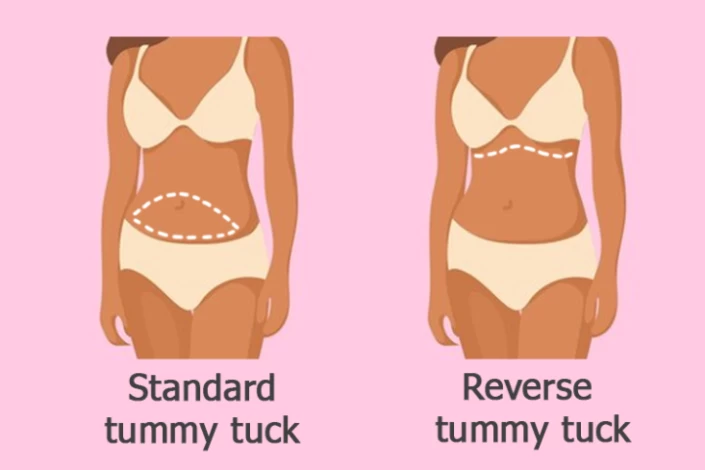
How Much Does a Reverse Tummy Tuck Cost in Iran?
The cost of a reverse tummy tuck in Iran can vary based on several factors, including the specific clinic or hospital, the surgeon's experience and reputation, the procedure's complexity, the geographic location, and any additional services or facilities included in the overall treatment package. Generally, the cost of a reverse tummy tuck in Iran ranges from $2,000 to $4,000, significantly lower than in many Western countries.
Reverse Tummy Tuck FAQs
When can I return to work after a reverse abdominoplasty?
Reverse tummy tuck recovery time can vary from person to person. However, most patients can expect to return to work within 1-2 weeks after the procedure.
When will the results from a reverse abdominoplasty be noticeable?
The initial results from a reverse tummy tuck will typically be noticeable immediately after the surgery. However, swelling and the healing process may take 2-3 months for the final results to emerge fully.
Is There an Incision Around the Belly Button?
No. There is no need for an incision around the belly button in a reverse tummy tuck procedure. Instead, the upper abdominal skin is lifted upwards without making any cuts near the belly button.
How long do the results of a reverse tummy tuck surgery last?
The results of a reverse tummy tuck surgery can be long-lasting, provided the patient maintains a healthy lifestyle, including regular exercise and a balanced diet. However, the aging process and significant weight fluctuations may affect the longevity of the results.
What is the recovery time for a reverse tummy tuck?
Most patients recover within 2–3 weeks, but swelling and tightness can last 6–8 weeks. Light activities are allowed after one week, but strenuous exercise should be avoided for at least 4–6 weeks, depending on the surgeon’s instructions.
Which country is best for a reverse tummy tuck surgeon?
Countries known for high-quality reverse tummy tuck surgery include the United States, Turkey, and South Korea. However, many patients choose Iran for its board-certified surgeons, advanced hospitals, and significantly lower costs while maintaining excellent surgical results.
 WhatsApp
WhatsApp
 Telegram
Telegram
 Facebook
Facebook
 Email
Email


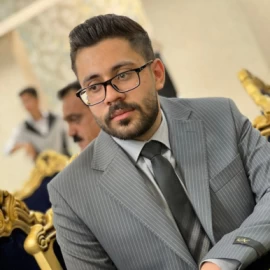

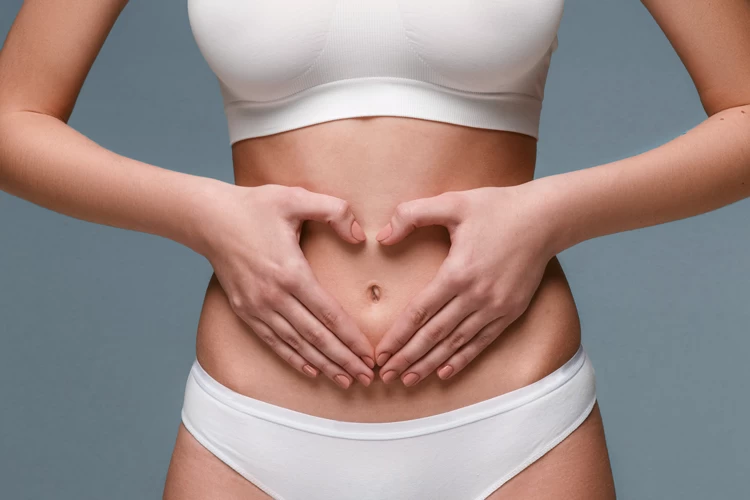




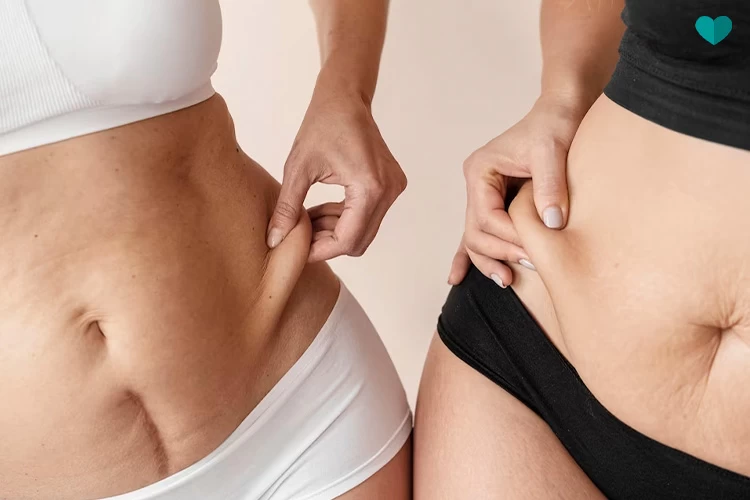
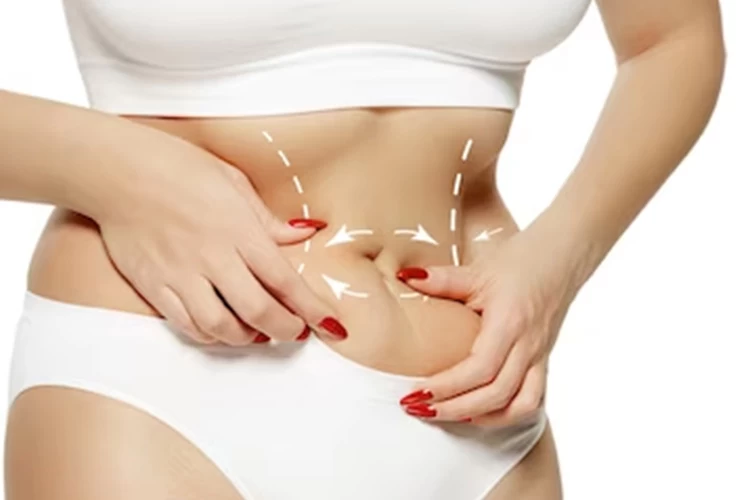

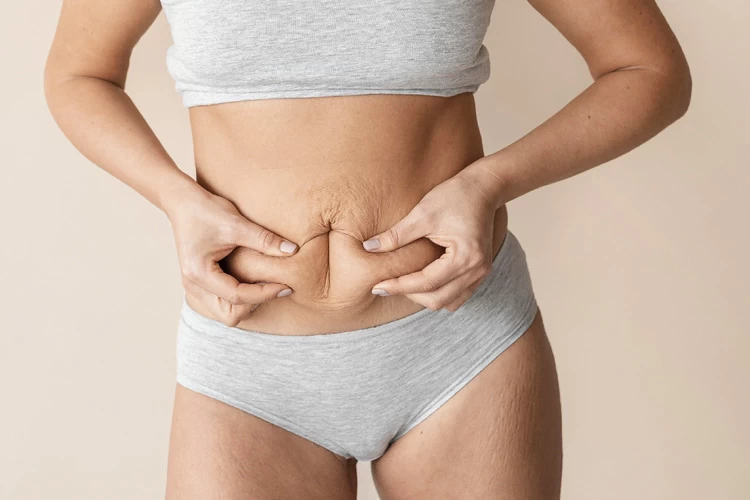

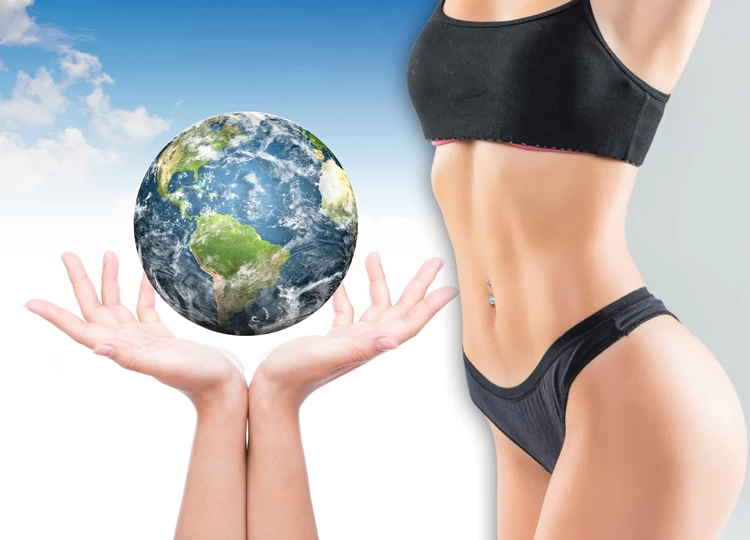

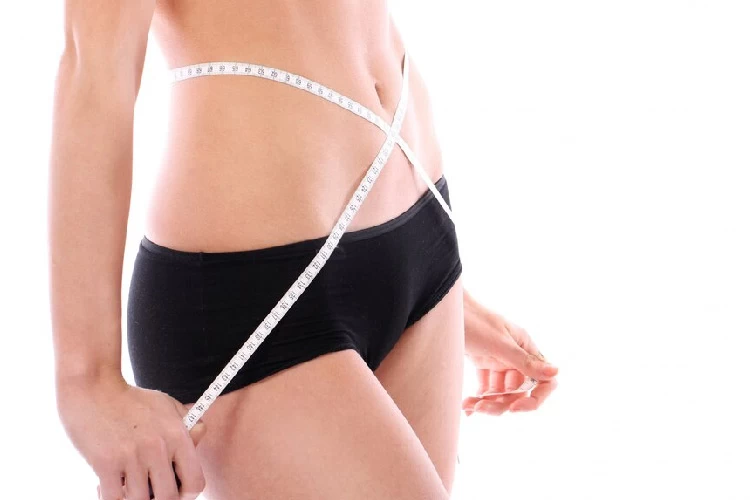


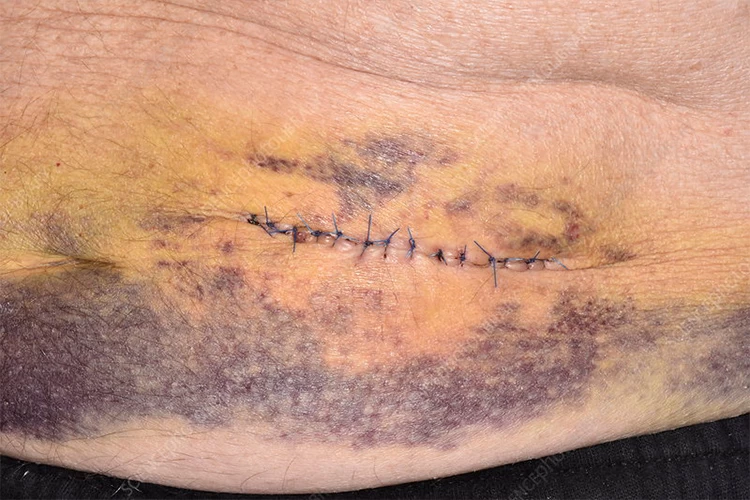
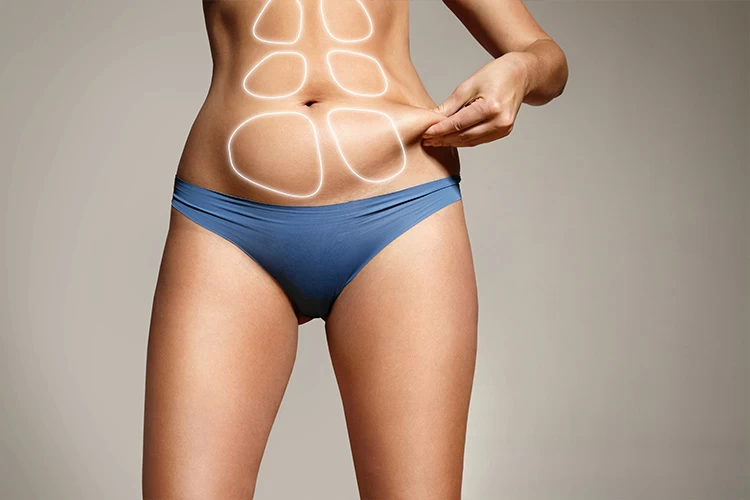


No reviews
Your comment